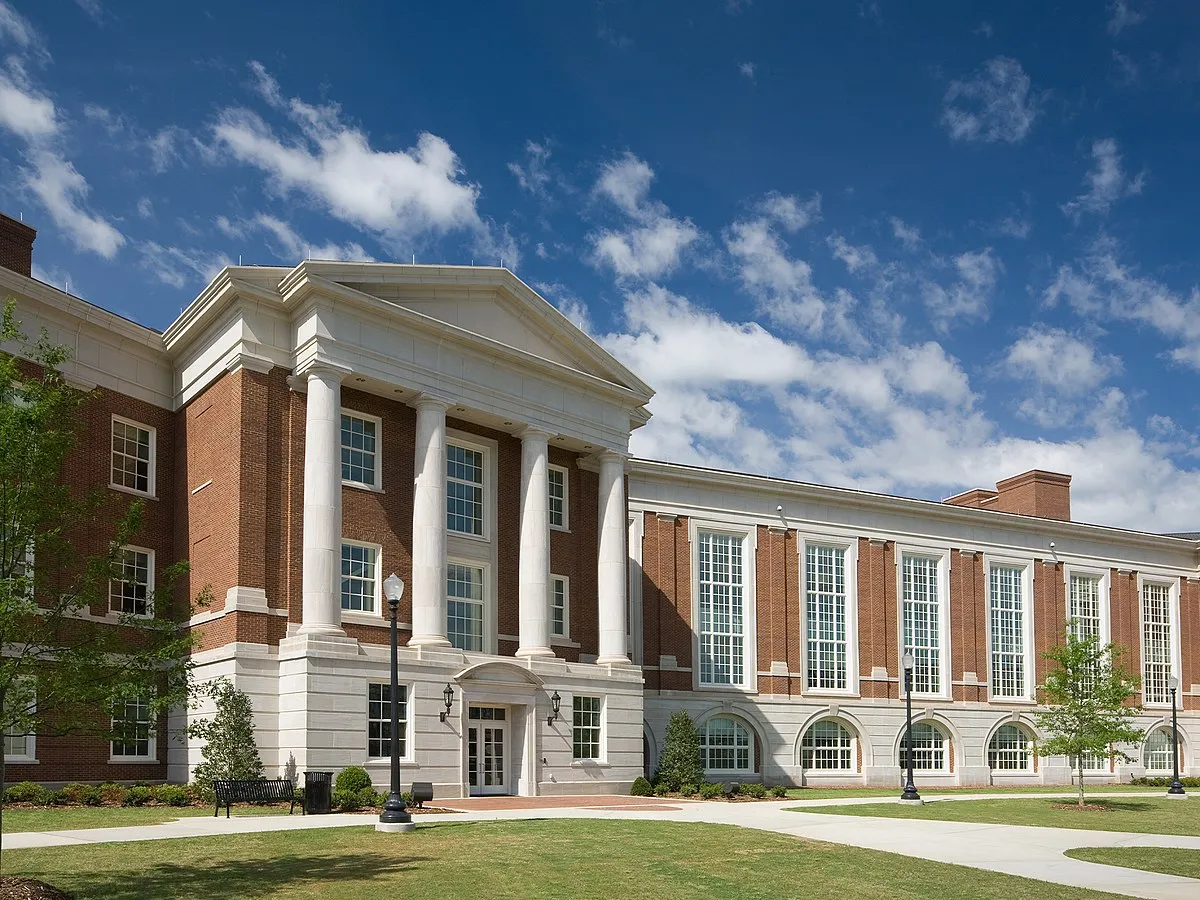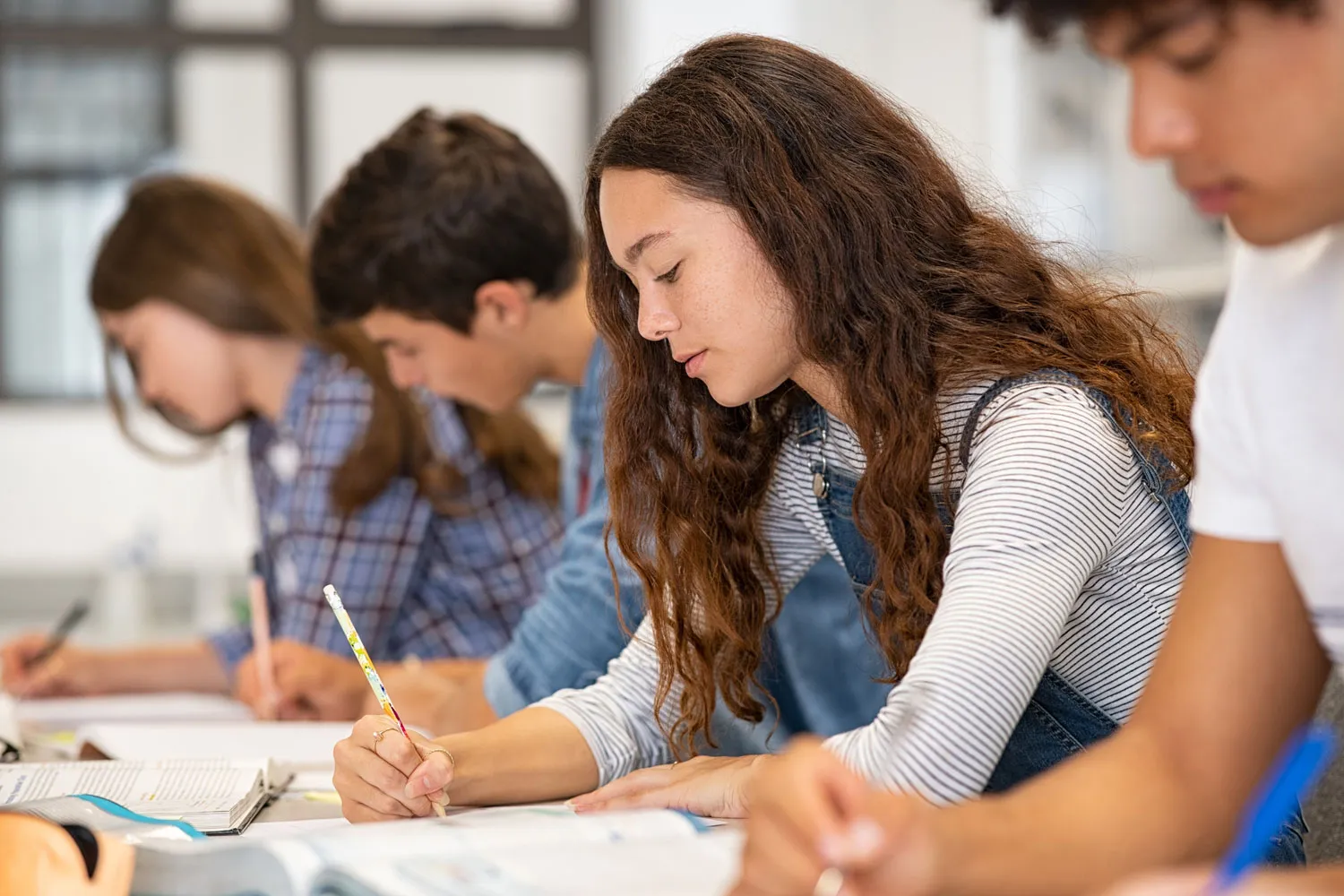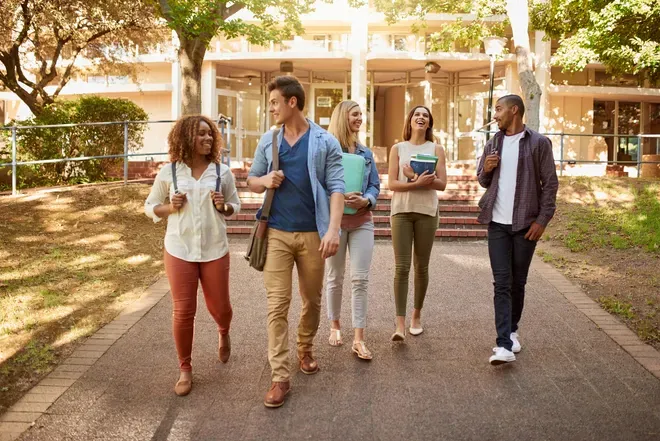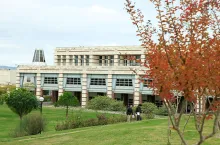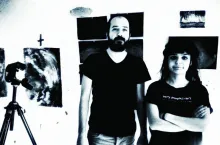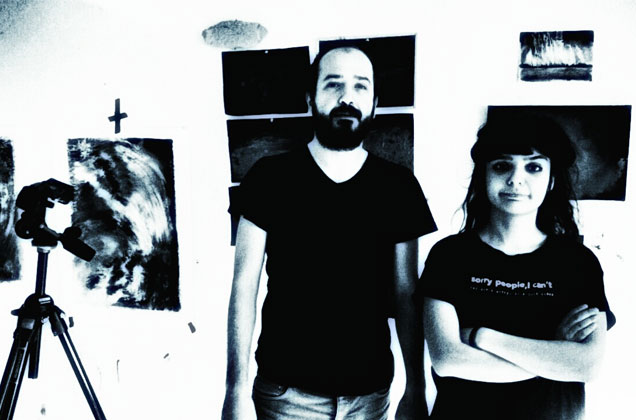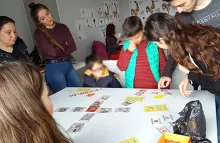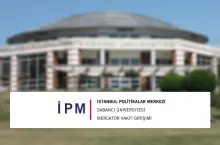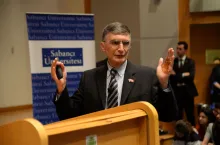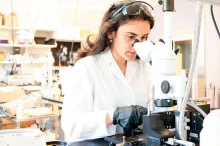07/06/2016
The "Gürsel Sönmez Awards" established in 2006 in memory of the late Faculty of Engineering and Natural Sciences member and valued scientist Gürsel Sönmez will be given for the 10th time this year.
A remembrance event will be held for Gürsel Sönmez on Wednesday, June 8, 2016 at 1.40 pm in FENS G032, followed by the announcement of this year's Award winners and poster presentations. All members of the Sabancı University community are invited.
The Dr. Gürsel Sönmez Award Committee set up every year by the Faculty of Engineering and Natural Sciences received 131 submissions to date and handed 30 awards as a result of meticulous evaluation.
The winners of the 2016 Gürsel Sönmez Awards will receive their prizes during the commencement ceremony.

About Gürsel Sönmez and the Awards
Dr. Gürsel Sönmez joined the Faculty of Engineering and Natural Sciences in September 2004. Shortly thereafter, on January 16, 2006, he was involved in a fatal traffic accident. His short academic career was nevertheless fruitful and significant, and he made great contributions to the sciences.
"Dr. Gürsel Sönmez Research Awards" were established by the Faculty of Engineering and Natural Sciences to keep his legacy alive and remind students about his achievements to motivate them. The Award entails prizes for one or more graduate students based on their research efforts and achievements to date. Submissions are open to both master's and doctorate students. Candidates may only apply for their year of graduation. Candidates may nominate themselves or be nominated by a member of Sabancı University faculty.

